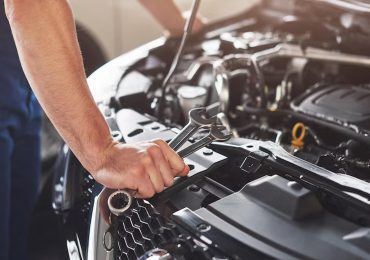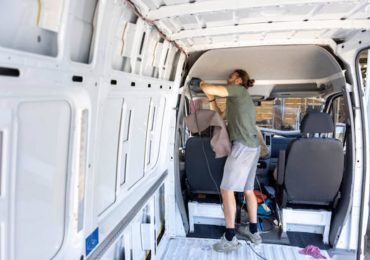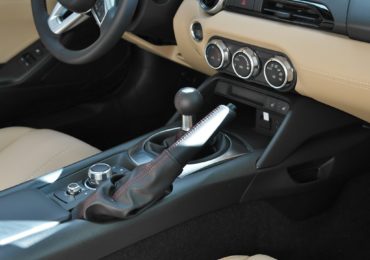Save time and money by getting to grips with these easy do it yourself car repairs…
Having a car break down can be expensive business. But the good news is, with a little know-how you can fix some problems all by yourself – without having to fork out to a pricey mechanic.
Sometimes car mechanics charge above the odds for relatively simple jobs, simply because they can. But with some DIY car repair tips and tricks you can dodge a trip to the garage altogether, and perhaps save that hard-earned cash for some flashy new alloys instead. Read on for five of the best do-it-yourself car-fixing tips…
The fuel filter is an important part of your car that screens out dirt and rust particles from the fuel you put in your car.
Ideally you should change the fuel filter regularly, beginning from about 10,000 mile usage and up. Remember that an old fuel filter will make your car less fuel efficient and reliable, so it’s important to stay on top of this. The process is fairly straightforward, simply;
- disconnect the battery
- release the fuel line pressure
- disconnect the fuel line from the filter
- remove the old filter
- replace washers
- install a new filter
- make sure you’ve followed each step carefully, then start the car and check for leaks.
Fix a blown radiator hose
Despite sounding like a challenge, it’s possible to repair a blown radiator hose if the hole is near one end of the hose. You can either cut off the affected area and reattach it, or alternatively use a substance like self-fusing silicone tape, which can withstand huge amounts of pressure and up to 500 degrees Fahrenheit, to tape the affected area as a temporary but useful fix.
Change your brake pads
Your brake pads are integral to the overall health of your car, and should therefore be well looked after. Not only this but they are vital to effective braking, which will keep you safe on the roads. To change brake pads you’re going to need the following car parts; a car jack, a lug nut, a wrench, a socket set, and an A-clamp. For a comprehensive guide, check out this articles from How Stuff Works.
Change the spark plug
This is a small but effective change which can make your car more fuel efficient and drive more smoothly. The process is fairly simple;
- find out the appropriate size and model for your car (usually in your car manual)
- nip down your local auto parts store to pick up the new spark plugs
- check whether the spark plugs need to be ‘gapped’
- allow the engine to cool (this is very important, as the spark plugs can be extremely hot even hours after the engine has been turned off)
- find the distributor spark-plug cables using your manual
- use masking tape to mark where each of the wires connect
- remove each spark cable, then clean any debris from around the plug
- next, remove each spark plug and replace with a new one
- reconnect the cables, and you’re ready to go
Replace your car battery
Batteries are at the core of an effective and efficient car. Changing your car battery is actually relatively simple, and sometimes it doesn’t even need to be changed – it just needs a good clean. Remember that car batteries can be very heavy, so you may need someone to help you out if you’re replacing it yourself.
Be careful when removing your old battery, as cracks can allow acid to leak, which may be dangerous if it comes into contact with your skin. Also make sure your car’s ignition is turned off.
Once the old battery is removed, put the new battery in its place and begin to connect the posts and clamps accordingly. Using a spray of corrosion protection on the terminal post should help your new battery live longer. Once the terminals are all attached you should refasten any support that holds the battery in place. Remember to dispose of your old battery responsibly – some can be recycled, so consider taking it to the store where you purchased your new battery.
What’s your favourite DIY car procedure?





